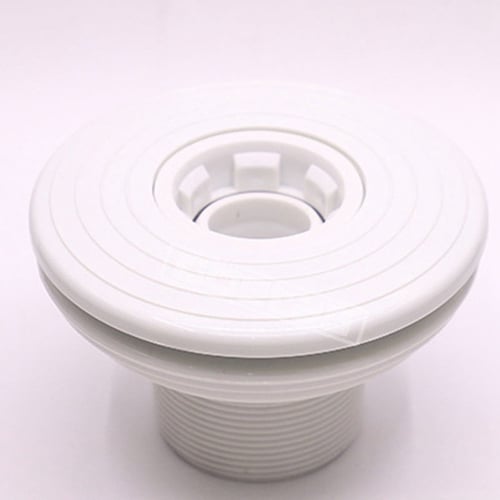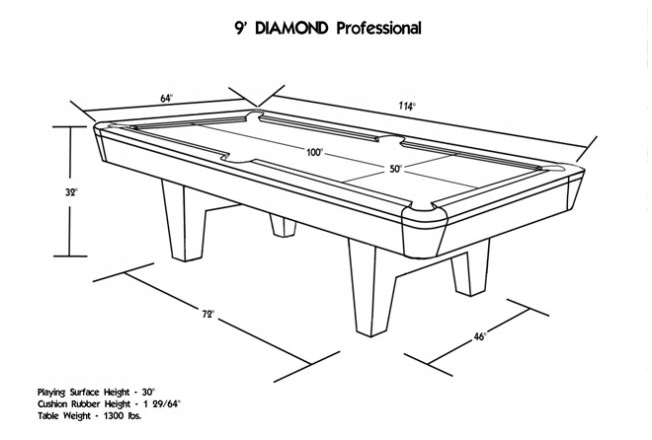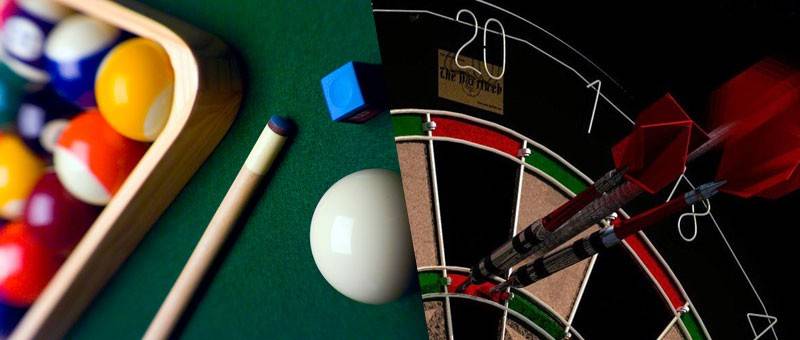
Billiards and pool are very similar games, but there are a few key differences. First, the tables used in each game are different. Billiard tables are larger than pool tables and use bigger balls. Billiards cues can also be thicker or shorter than pool cues.
Carom billiards is free of pockets
Carom billiards are different from pocket billiards in that they use no pockets to hold the balls. Three balls are used instead of the usual 4. The cue should be pointed in a certain way to ensure that the balls ricochet. These games require skill and creativity. Each player has three attempts. Although a player can earn up to 500 points, the highest recorded score is only 427.
Carom billiards is about accumulating as many points as possible in a short time span. Each shot that is successful earns one point. A miss does not count as a win. Aramith Carom Balls are also available for players to try their hand at artistic billiards.
Only 3 balls are used
Both pool and billiards are variations of the game carom. Both games employ three balls, a caromball and a redball. In carom billiards, the red ball is called the cue ball. The other two balls are called the yellow and brown balls. Both games can be played at pool tables measuring five by ten feet.

Billiards is played at a 5-by-10-foot pocketless table and three balls. Three-cushion pool billiards marks the cue ball with a single black dot. The object ball will always be the red ball. The game's goal is to score the most points.
Snooker cloth features a distinct directional nap
The nap of snooker cloth affects the ball's trajectory. It is made from 100% wool and thick. This is distinct from carom cloth which is often worsted and made to speed. Both types of cloth serve different purposes and are used in different ways.
A slow shot towards the middle pockets is where you will notice the most obvious directional nap difference. The ball will sink to the side cushion if it isn't being played with any weight. To prevent this, aim your shot towards either the far or inside jaw of the middle pouch.
Modern billiards cues
Modern billiards and pool cues are very different. They can be made from different materials and have male and female connections made almost exclusively from brass or steel. These materials are more resistant to temperature changes and expand and contract less than other materials. In addition to the materials used to make the cue, many high-quality cues feature precious stones and silver inlays.
Billiards evolved naturally from stick and table games played outside. The game is also known by the name "ground-billiards", and it's very similar with modern games like hockey, croquet, or golf. Modern billiards cues can be used for many different purposes, despite their similarities.

History of billiards
History of pool and billiards dates back to 14th-century, when ground billiards first appeared. The origin of the word 'billiards' is unclear, but two French words are suspected of being the source. One refers specifically to the ball-bashing mace stick, and the other to the tail. Frenchmen contributed to the evolution of the game in addition to its English-language inventors.
Billiards, and pool, became increasingly popular in Europe and England during the early eighteenth-century. King Henry VIII (Edward VI), and the Archbishopof Glasgow were all present at events featuring pool. Cardinal Thomas Wosley a friend of King Henry VIII wrote a glowing letter praising the sport. Billiards were a noble game. French kings ordered joiners to build their billiard table in 17th century. Over the centuries, the game evolved tremendously with the evolving role of pockets.